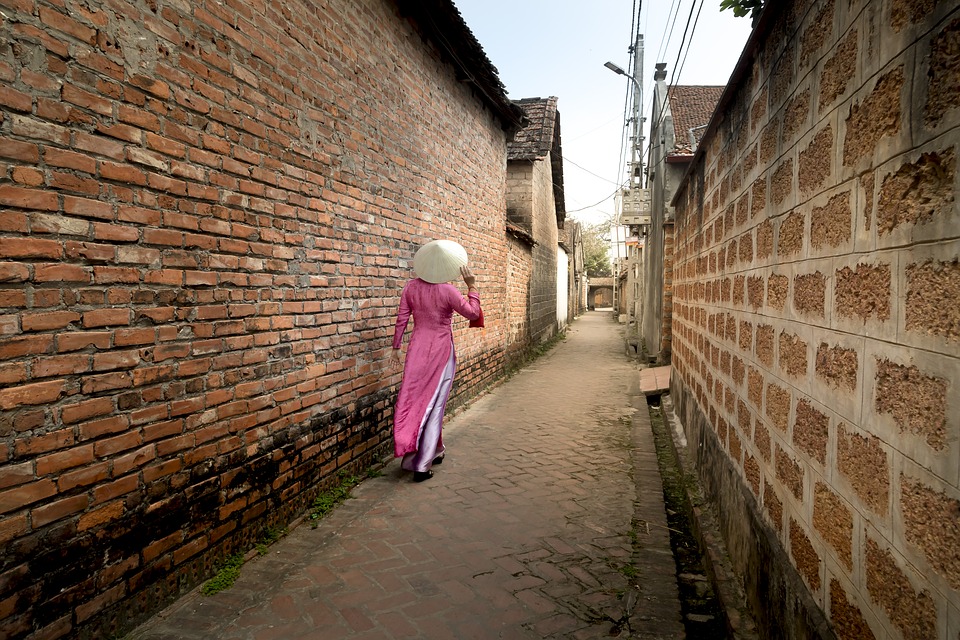The Role of Technology In Rural Healthcare
~Access to good healthcare shouldn’t depend on where you live~
As healthcare technology becomes more and more advanced, there is a pressing need to leverage it to improve the outcomes of rural healthcare. Anybody who has ever visited a rural healthcare setting will know the challenges faced by the rural population: high cost of insurance and specialist services, lack of infrastructure and healthcare expertise, decreasing number of physicians, the need to travel long distances for treatment, inability to attend appointments on time, lack of confidence in the quality of services, among others. What’s more, according to a report by NCBI, one in three rural hospitals is in financial risk; at the current rate of closure, 25% of all rural hospitals will close within less than a decade! Isn’t that appalling?
The Role of Technology
All said and done, providing health care in rural regions is not straightforward. For some patients, the closest doctor may be a four-hour drive; patients seeking expert consultation might not find an appropriate specialist within 100 kilometers — such vast distances can greatly hamper care outcomes. That’s exactly what happened with Kam Agong, from Long Semadoh in rural Sarawak, who bled to death in 2002 after giving birth by C-Section at Lawas District Hospital, the nearest maternity facility, five hours away. Such incidents are common in rural areas; hence there is a need to leverage technology that supports instant communication and connection and reduces reliance on urban-based facilities. From AI-driven medical image diagnosis that enables doctors to identify patterns specific to the rural setting to medication ATMs that deliver timely medication prescription and dispensation to patients – technology is causing a paradigm shift in how clinicians work while simultaneously making healthcare affordable and accessible to the rural population. Here’s how technology can play a big role in rural health care:
Electronic Health Records
With the rural population often having to spend time and money traveling long distances to receive specialized treatment in the cities, it is an enormous drain in time and energy for the unwell — and their families. Electronic health records or EHRs can drive rural health care from being reactive to proactive; it can enable healthcare professionals to view a patient’s medical history no matter where they are located and address potential problems long before they become a risk. Such insight means patients can receive more timely and accurate care without having to spend hours on the road. Doctors can easily view and evaluate previous visits, tests, diagnoses, treatments, medication etc. as well as correspondence between other specialists, and allow for more accurate and personalized care. For example, genomic data, when added to an EHR, can provide a more holistic view of the patient; clinicians can know whether a specific type of medicine would work for a patient without having to try several treatments – saving time both for the clinician and the patient time as well as removing the need for unnecessary follow-ups, reducing the cost of treatment and reducing the risk of allergies and side effects.
Telehealth
Where specialist support is required, telehealth systems can play a crucial role in making remote consultations and diagnosis easier and more convenient for both patients and clinicians. According to Statista, in 2018, the global telemedicine market is expected to be $26.5 billion,with the number of telehealth patients expected to be around 7 million. Telehealth, along with the influence of the growth in digital devices, can enable the rural population to monitor and record personal health data. Devices such as fitness bands, blood pressure monitors, and other wearables can continuously monitor daily health as well as adherence to medication — and transmit this health data to an app on a smartphone for quick analysis. In the long run, such data can shed light on rural lifestyle and habits, and enable the population to make appropriate changes to improve their everyday health. For example, with dengue and leptospirosisbeing the most common diseases in rural Malaysia, remote monitoring and mobile health initiatives can enable the rural population to regularly monitor their health in the comfort of their homes, and transmit important health data to experts for emergency care.
Specialized Training through Virtual Reality
Although healthcare has made inroads into rural areas, one of the major challenges the rural communities face is a lack of healthcare expertise. The communities rarely have access to specialized training as it is extremely hard to attract trained medical staff, and harder to retain them for extended periods once they are there. Virtual reality can be used to bring specialized training to the rural landscape through training simulations that put professionals in a realistic healthcare setting. For example, training in an emergency department can be very stressful for both patients and medical staff – in addition to the significant time pressure, the lack of specialized staff and equipment puts patients’ lives at risk. With virtual reality, a range of scenarios can be developed that allows rural health care professionals to gain practical experience without actually being in the emergency room, thereby minimizing pressure and ensuring patient safety.
The opportunities are many
The opportunities for technology to augment rural healthcare are many. Although today, several rural areas are in dire need of basic healthcare facilities, technology can enhance care delivery and allow for a much more efficient and accurate diagnosis. By reducing the need for rural residents to travel long distances to big cities to have their routine tests done, technology can enable the rural population to have easy and quick access to quality care. Technologies such as EHRs, telehealth and specialized training can allow rural care systems to consolidate specialty care services and enable easy and affordable access to health care for the rural population. It is only when the healthcare industry puts patients, their families and the rural community at the center of care, real change and triumph can be attained.




